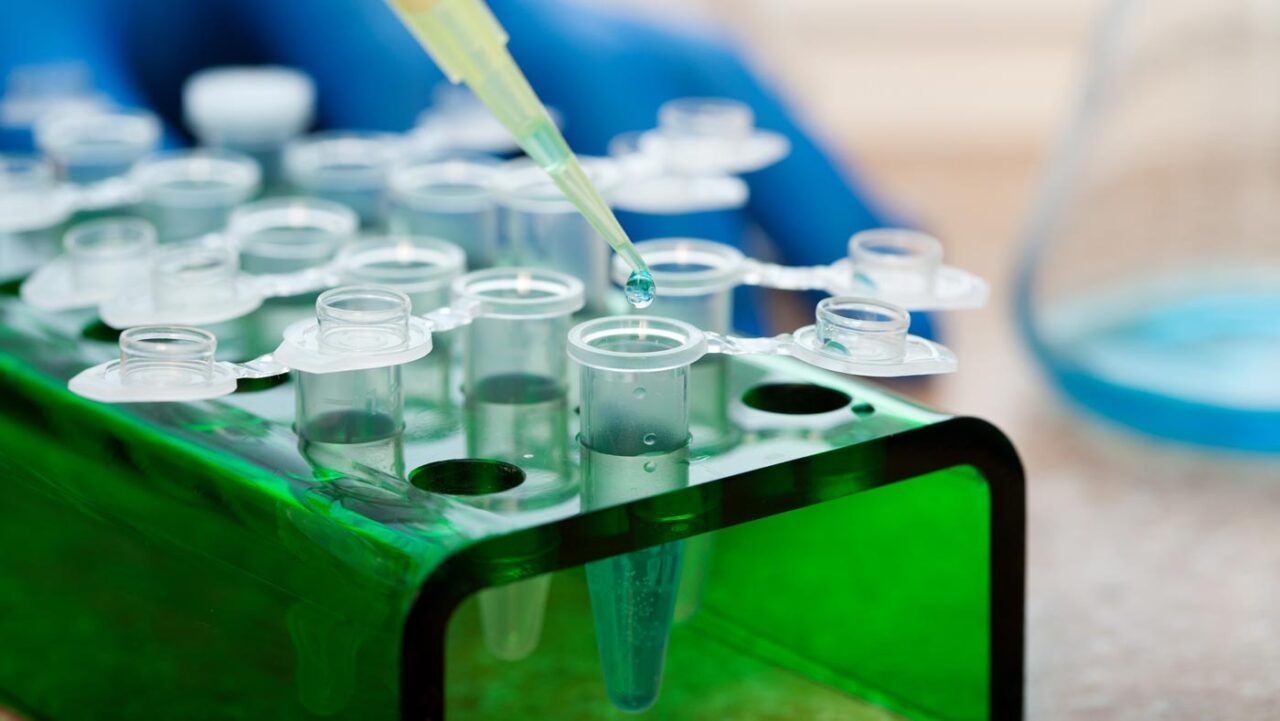Science Fair Job On Testing Drinking Water
You are smart adequate to understand that the function of most science reasonable jobs is to teach trainees how to use clinical approaches to resolve problems by themselves. A science reasonable task can enable moms and dads, students, and instructors to make new discoveries together. One of those discoveries might be how tidy your drinking water is.
Students may anticipate faucet water to be tidy, however is it? A science reasonable job on screening drinking water can help them discover what is in the water they use. This summary will help them and you conduct a drinking water test.
State Your Hypothesis
A good example might be, “If I check drinking water from various sources, which will I find to be the very best for my health?” A poor example would be, “If I drink faucet water, what takes place?”

Background Research
Discover all that you can about what water may include. Research study the effects of various impurities, minerals, and so on
Establish a Drinking Water Test
- What kind of drinking water test will you use?
- What kinds of drinking water will you test?
- What You Need for Drinking Water Tests
Students will require Colorimetric test strips for numerous drinking water tests. Kits are readily available from science fair sites. Water Safe Drinking Water Test is an EPA standardized, laboratory certified easy kit that identifies damaging levels of 8 different common impurities in water: bacteria, chlorine, lead, nitrates, nitrites, pesticides, pH, and water hardness.
Anticipate Results
Will your city tap water be the finest water for your health? What do you predict your drinking water test will expose?
Conduct Your Drinking Water Test
Students may pick from many drinking water tests. Older students may integrate a series of drinking water tests.
1. Basic: A fundamental drinking water test may permit trainees to test water for alkalinity, chlorine (both total and complimentary), nitrate and nitrite, pH, and water firmness. What is the basic make-up of your water?
2. Bacteria: Along with a fundamental drinking water test, you may evaluate for germs in the water. Water from a drinking fountain may show germs that collect on the bubbler and wash into the water.
3. City Water: What is in community drinking water? You can use the standard drinking water tests above, but check, too, for metals and sediment.
4. Well Water: Since the federal government does not evaluate private wells, there might be contaminants in the water taken from them. Would your drinking water test be most likely to discover pesticides if the well is near a farm or garden where they are used?
5. Bottled Water: Is bottled water truly pure? Run a drinking water test on it and see what you find.
6. Water Cooler: If your water cooler is common, a large five-gallon bottle is turned upside down into the drinking water crockery. Might there be bacteria on the bottle top? Will a drinking water test appear these germs?
7. Pet Water Bowl: Pet drinking water tests will reveal you what your family pet’s water contains. The family pet bowl must not be cleaned right prior to the test. Permitting your family pet to drink from it will reveal whether or not the water is still pure enough for people.
Repeat Your Drinking Water Test
A good scientist repeats tests to be sure the outcomes are the very same. You will not have precise outcomes if you run your drinking water test only as soon as.
Evaluate
Examine the results of your tests. Which water is purer? Which one tastes better, looks much better, and smells much better? From your analysis, do you think your forecast will hold up?
Show up at Conclusions
Draw conclusions from your drinking water test. Take a look at all the proof and decide what it indicates in regard to healthy drinking water.
1. Which water contains the fewest pollutants?
2. Which water consists of the least bacteria?
3. Which water is best for your health?
Prepare Your Display
Will you have clear glasses consisting of water samples? How will you display utilized test strips?
The majority of science reasonable projects require a display board to interact your work to others. A three-panel display screen board that is 36″ tall by 48″ wide when unfolded is basic. On your board, consist of these aspects.
1. Title: Make it memorable– and huge enough to read from throughout a space.
2. Hypothesis and research study: Organize your information from top to bottom, left to right, as though you were preparing a paper page. Put Hypothesis and research study details on the left side of your board.
3. Materials and treatments: Place this details simply under your title in the middle of the board.
4. Data/ Charts/ Photos: These go at the bottom of the center part of your board.
5. Conclusions and results: The best side of your board holds the final info about your drinking water test.
A science reasonable project on testing drinking water can be interesting and intriguing, appropriate for any age student. The results may surprise everybody.
Water Safe Drinking Water Test is an EPA standardized, laboratory qualified basic set that recognizes damaging levels of 8 different common pollutants in water: bacteria, chlorine, lead, nitrates, nitrites, pesticides, pH, and water firmness.
Standard: A fundamental drinking water test might allow students to check water for alkalinity, chlorine (both overall and totally free), nitrate and nitrite, pH, and water hardness.
Bacteria: Along with a basic drinking water test, you might check for bacteria in the water.
Water Cooler: If your water cooler is common, a large five-gallon bottle is turned upside down into the drinking water crock.
Pet Water Bowl: Pet drinking water tests will reveal you what your family pet’s water contains.



